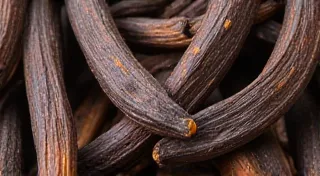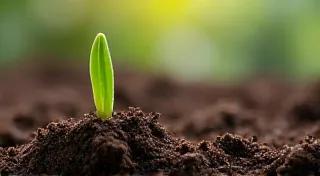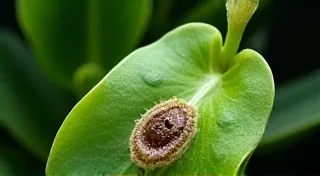Vanilla Bean Soil Requirements: A Gardener's Handbook
Growing vanilla beans at home can be a rewarding, albeit challenging, endeavor. While the fragrant vanilla extract we all enjoy is derived from the bean pods of the Vanilla planifolia plant, successfully cultivating them requires a deep understanding of their specific needs. One of the most critical aspects of growing healthy vanilla beans is providing the right soil. This handbook will cover the key soil requirements for optimal growth and bean production.
Understanding Vanilla's Tropical Origins
Vanilla planifolia originates from Mexico and Central America, thriving in humid, tropical climates. This origin influences its soil preferences. The soil in these regions is typically rich in organic matter, well-draining, and slightly acidic. Mimicking these conditions is crucial for home gardeners aiming to cultivate robust vanilla bean plants. Before delving into the specifics of soil requirements, it's worth considering which variety of vanilla bean is best suited for your home growing conditions, as this can impact their particular needs. For a deeper look at different varieties, check out Understanding Vanilla Bean Varieties: Which One Thrives in Your Home?
Ideal Soil pH for Vanilla Beans
The ideal soil pH for vanilla bean plants falls within a slightly acidic range of 5.5 to 6.5. This pH level allows the plant to effectively absorb essential nutrients from the soil. A soil pH that is too high (alkaline) or too low (acidic) can hinder nutrient uptake, leading to stunted growth and reduced bean production. Achieving the correct pH is just one piece of the puzzle; ensuring the plants are pollinated correctly is equally vital for successful bean production. For more guidance on the intricacies of pollination, refer to Vanilla Bean Pollination: A Beginner's Guide to Hand-Pollination at Home.
To determine your soil pH, you can use a soil testing kit readily available at most garden centers. If your soil pH is outside the ideal range, you can adjust it. To lower the pH (increase acidity), you can add sulfur or peat moss. To raise the pH (reduce acidity), you can add lime.
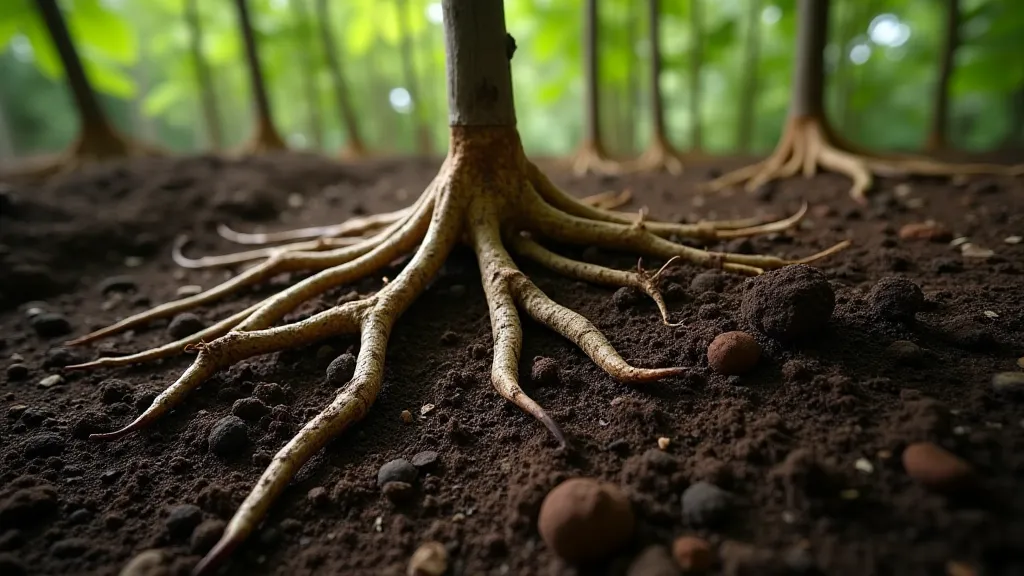
Nutrient Requirements for Vanilla Bean Growth
Vanilla bean plants are heavy feeders and require a consistent supply of essential nutrients. While they benefit from organic matter, a balanced fertilizer application is essential for both vegetative growth and bean production. Here's a breakdown of key nutrients:
Nitrogen (N): Essential for leaf development and overall plant vigor.
Phosphorus (P): Crucial for root development and flower production.
Potassium (K): Plays a vital role in overall plant health, disease resistance, and bean development.
A balanced fertilizer, such as a 10-10-10 or 14-14-14 NPK fertilizer, can be used. However, the specific needs of your plant will vary based on its age and growth stage. Young plants generally require more nitrogen, while mature plants producing beans benefit from a higher potassium ratio. Regular soil testing is recommended to fine-tune your fertilizer program. Remember that maximizing bean production isn't just about nutrient ratios; it's a holistic effort that includes proper soil conditions and pest control. Often, the challenges faced by home growers stem from unexpected problems. It can be very insightful to investigate Troubleshooting Common Vanilla Bean Growing Problems, especially if you're encountering difficulties.
Soil Texture and Drainage
Beyond pH and nutrients, the physical properties of the soil are also vital. Vanilla bean plants prefer a loamy soil – a balanced mixture of sand, silt, and clay. This type of soil provides good drainage while retaining enough moisture to support the plant. Excellent drainage is paramount. Vanilla roots are susceptible to rot if the soil remains waterlogged for extended periods. Amend heavy clay soils with organic matter like compost or well-rotted manure to improve drainage. Conversely, sandy soils may require amendments to help retain moisture. Consider that achieving the right balance of drainage and water retention can significantly impact the overall profitability of your home-grown vanilla venture.
Organic Matter: The Foundation of Healthy Vanilla Soil
Adding organic matter is arguably the single most beneficial thing you can do for your vanilla bean soil. Compost, well-rotted manure, leaf mold, and other organic materials improve soil structure, drainage, water retention, and nutrient availability. Organic matter also encourages beneficial microbial activity, contributing to a healthier root system. The sustained commitment to enriching your soil with organic matter directly supports the long-term health and productivity of your vanilla plants.
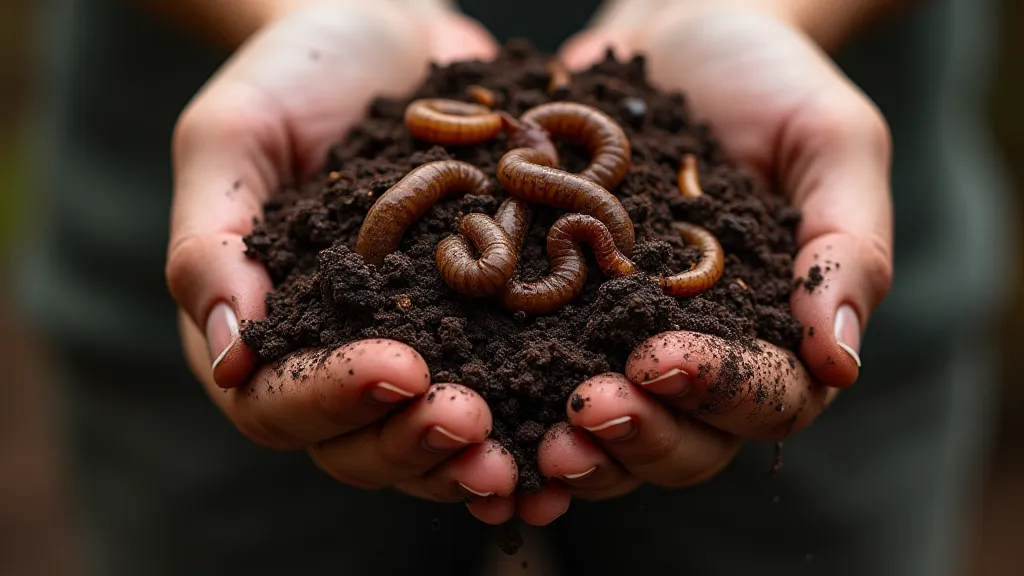 Specific Vanilla Fertilizer Recommendations
While a balanced NPK fertilizer is a good starting point, consider these adjustments:
Early Growth (First Year): Higher nitrogen ratio (e.g., 14-7-7) to promote leafy growth.
Flowering and Bean Development: Increased phosphorus and potassium (e.g., 10-20-20). This supports flower production and bean development.
Post-Harvest: A balanced fertilizer to replenish nutrients and prepare the plant for the next growing season.
Always follow the manufacturer's instructions when applying fertilizer, and avoid over-fertilizing, which can damage the plant. Understanding the economic potential of growing vanilla at home can also be motivating. For those considering a more commercial approach, it's worthwhile to examine the Economics of Home-Grown Vanilla: Can You Profit? to understand the realities of the market.
Beyond Soil: Environmental Factors and Ongoing Care
Specific Vanilla Fertilizer Recommendations
While a balanced NPK fertilizer is a good starting point, consider these adjustments:
Early Growth (First Year): Higher nitrogen ratio (e.g., 14-7-7) to promote leafy growth.
Flowering and Bean Development: Increased phosphorus and potassium (e.g., 10-20-20). This supports flower production and bean development.
Post-Harvest: A balanced fertilizer to replenish nutrients and prepare the plant for the next growing season.
Always follow the manufacturer's instructions when applying fertilizer, and avoid over-fertilizing, which can damage the plant. Understanding the economic potential of growing vanilla at home can also be motivating. For those considering a more commercial approach, it's worthwhile to examine the Economics of Home-Grown Vanilla: Can You Profit? to understand the realities of the market.
Beyond Soil: Environmental Factors and Ongoing Care
Successful vanilla cultivation isn't solely about the soil. Humidity plays a crucial role, mimicking the plant’s natural tropical environment. Consistent humidity levels (ideally around 70-80%) can be achieved through misting, humidifiers, or by growing the plants in a greenhouse or enclosed space. Temperature is also a key factor; vanilla thrives in temperatures between 70°F and 95°F (21°C to 35°C). Protection from strong winds and intense sunlight is also important. Furthermore, preventative measures against pests and diseases, although less directly related to the soil, are essential for long-term plant health. Vigilant observation and early intervention are key to addressing any issues that may arise.
The Importance of Consistent Soil Monitoring
Maintaining optimal soil conditions is not a one-time effort. Regular monitoring of pH, nutrient levels, and drainage is crucial for ensuring continued success. A simple soil test kit can be used to check pH every few months. More comprehensive soil tests, available through agricultural extension offices or private labs, can provide detailed information about nutrient levels and other important factors. These tests should be performed at least once a year, especially during the growing season. Based on the test results, adjustments can be made to the fertilizer program and soil amendments. A well-maintained soil is the foundation of a thriving vanilla bean crop.
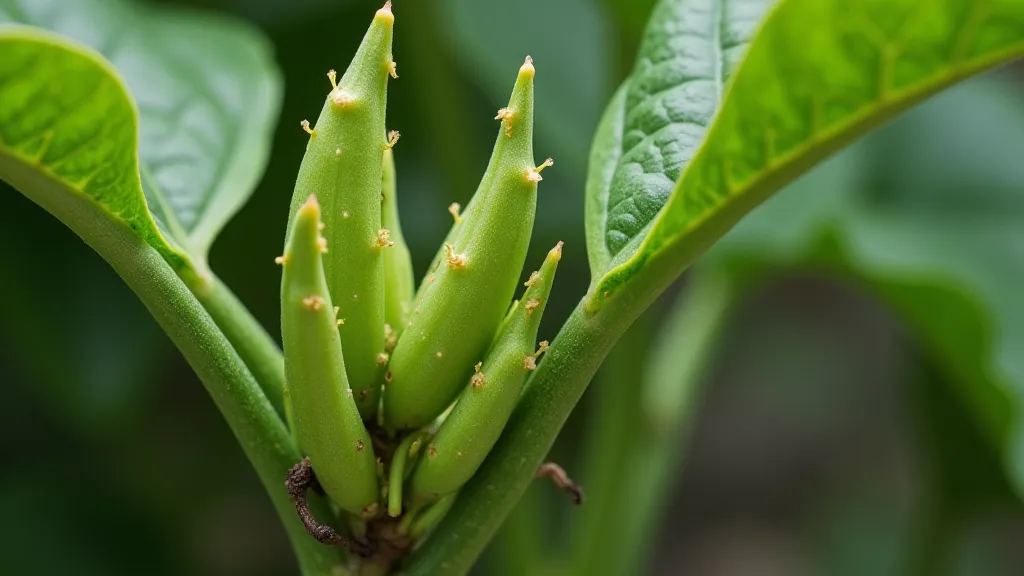 Conclusion
Cultivating vanilla beans at home demands a mindful approach to soil management. By paying close attention to soil pH, nutrient requirements, texture, and drainage, you can create an environment that promotes healthy growth and bountiful bean production. Remember to consistently monitor your soil and adjust your practices as needed for a truly rewarding growing experience. The journey of growing vanilla beans can be challenging, but the rewards – both in terms of the exquisite fragrance and the delicious flavor – are well worth the effort.
Conclusion
Cultivating vanilla beans at home demands a mindful approach to soil management. By paying close attention to soil pH, nutrient requirements, texture, and drainage, you can create an environment that promotes healthy growth and bountiful bean production. Remember to consistently monitor your soil and adjust your practices as needed for a truly rewarding growing experience. The journey of growing vanilla beans can be challenging, but the rewards – both in terms of the exquisite fragrance and the delicious flavor – are well worth the effort.



